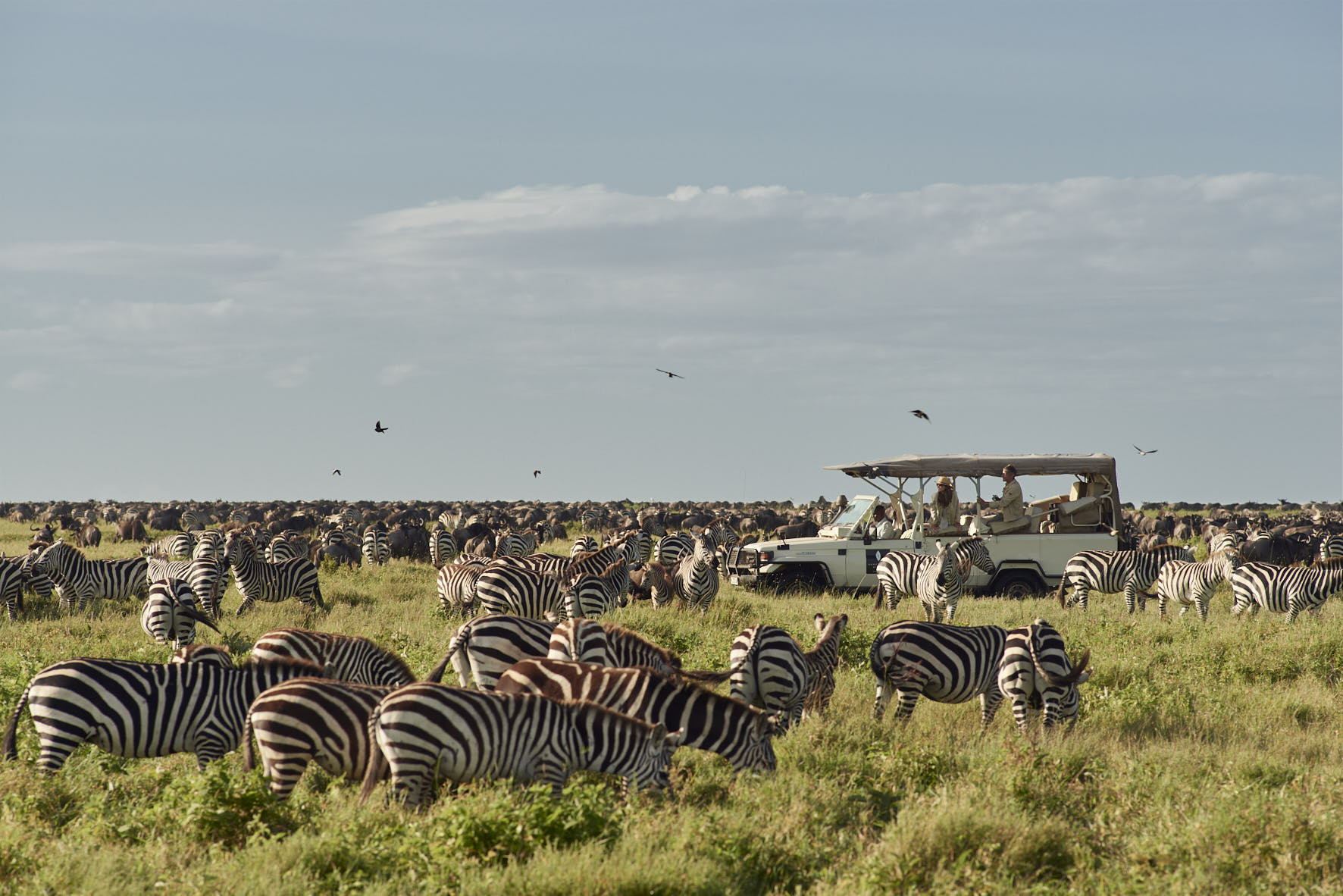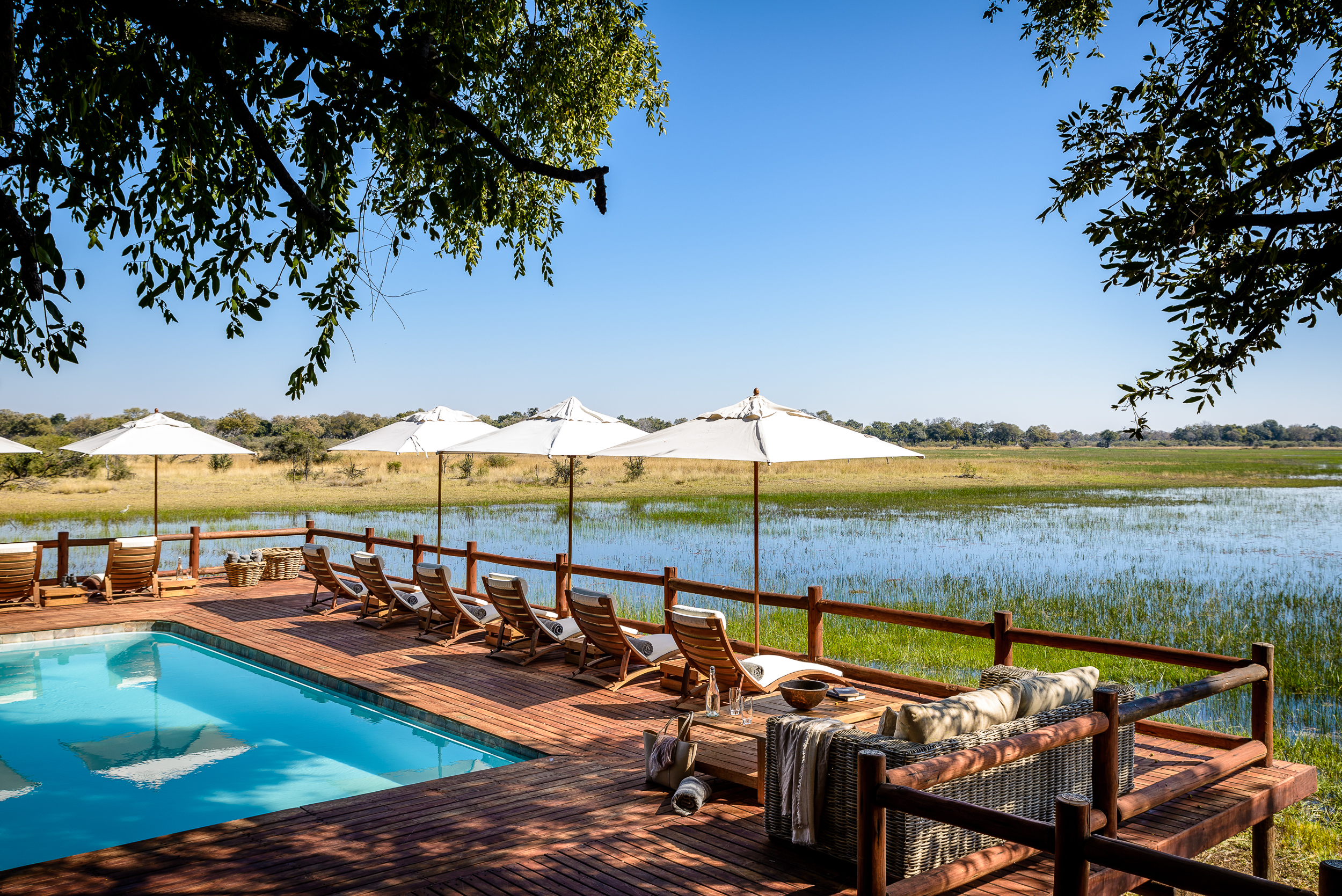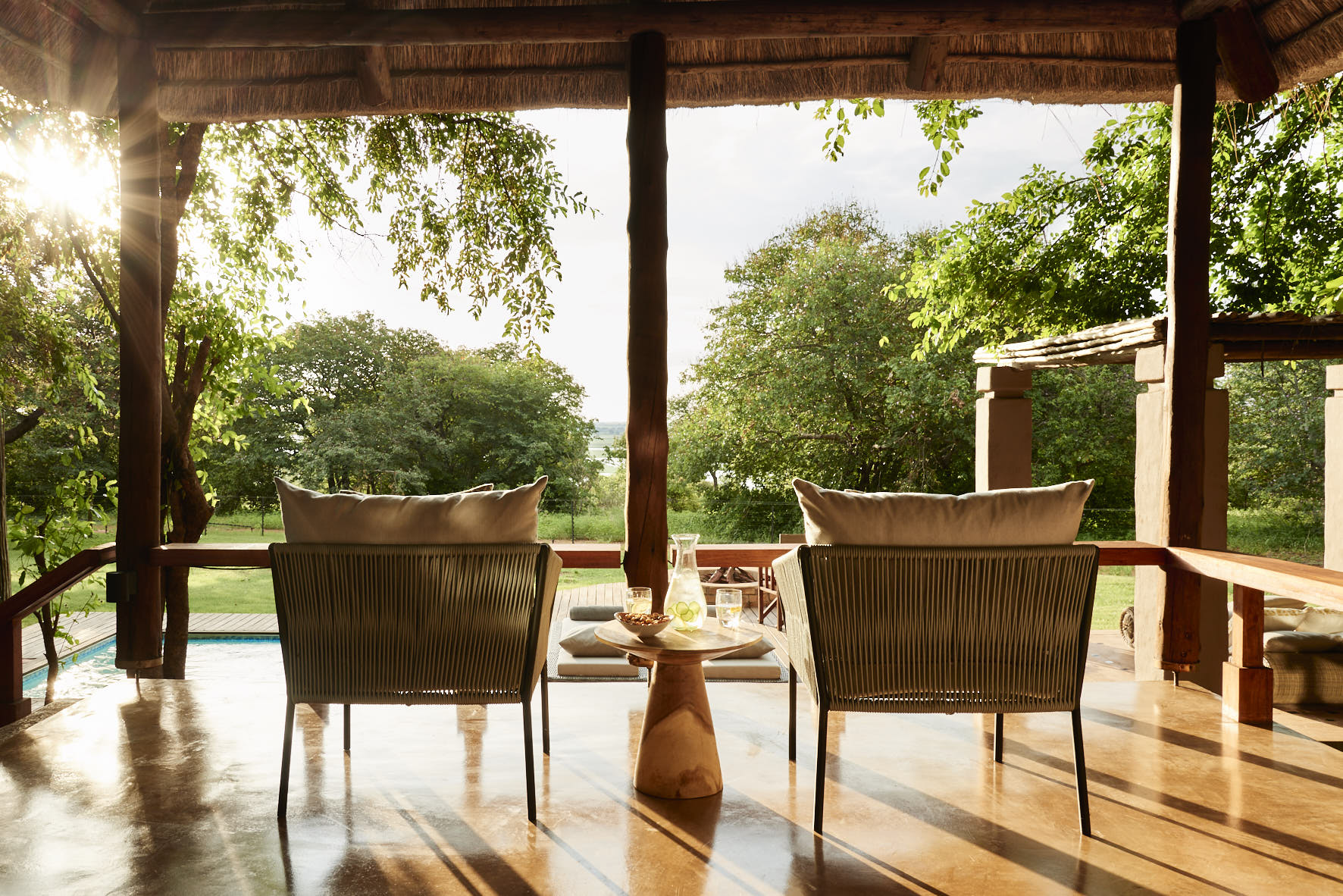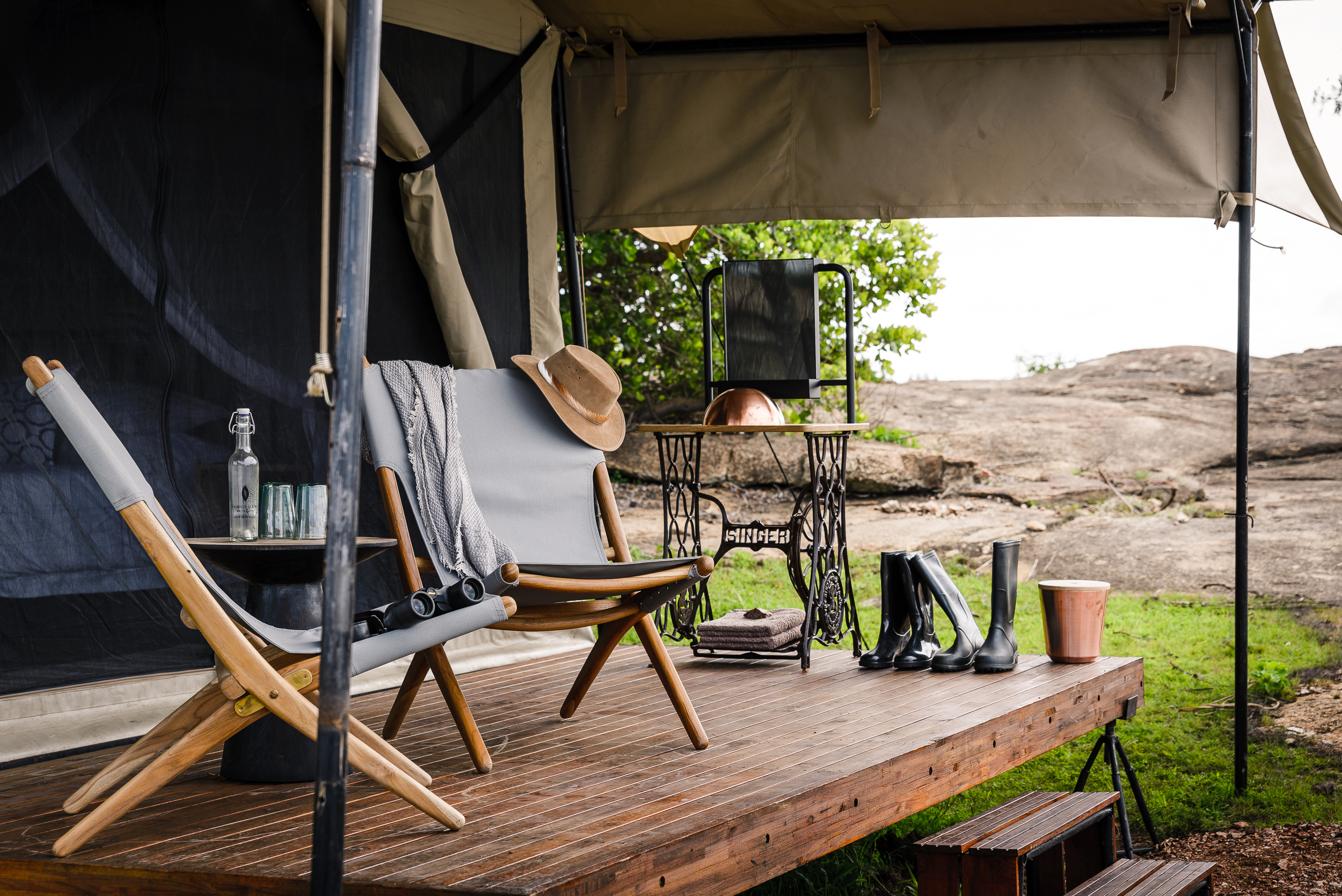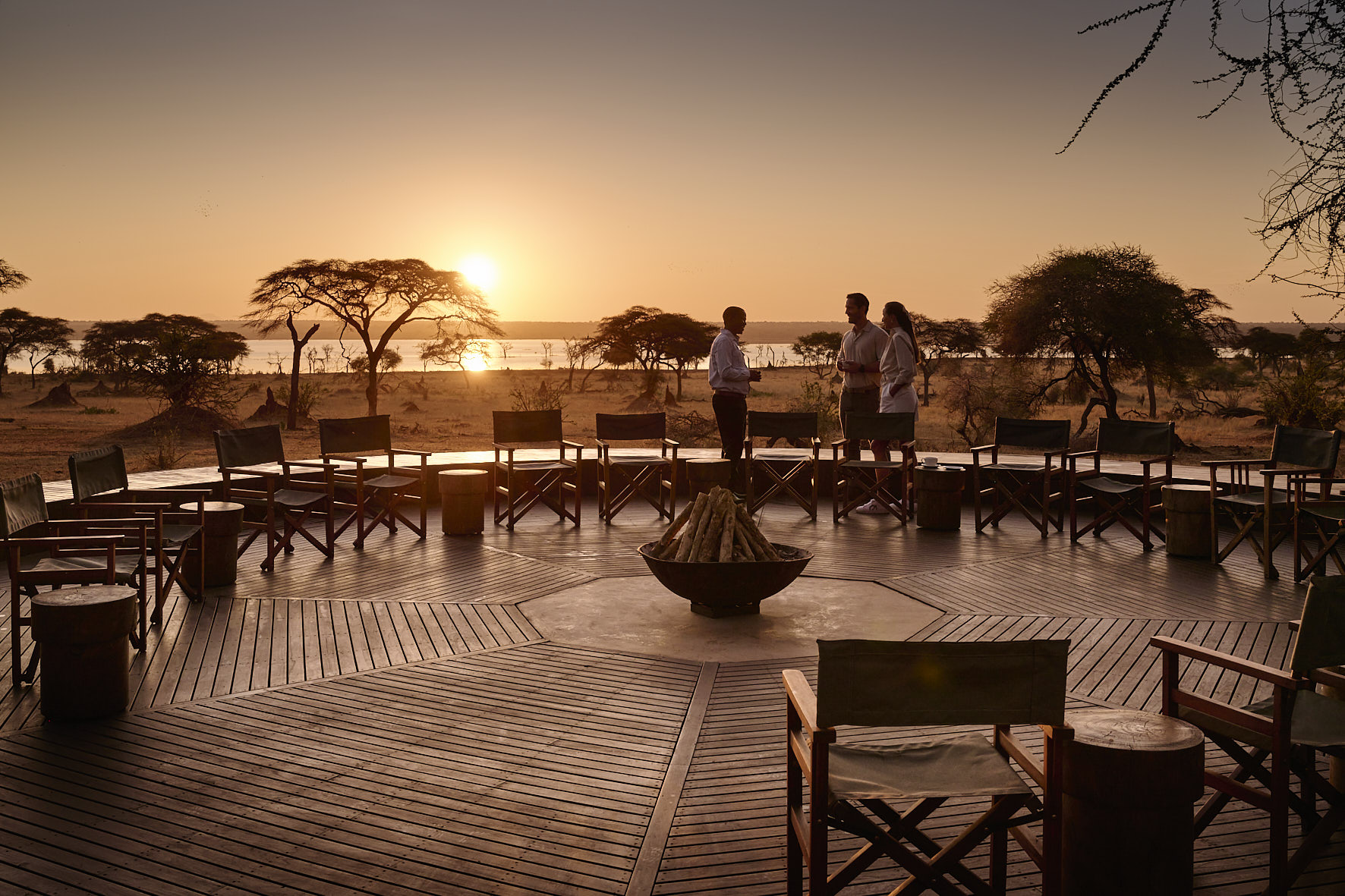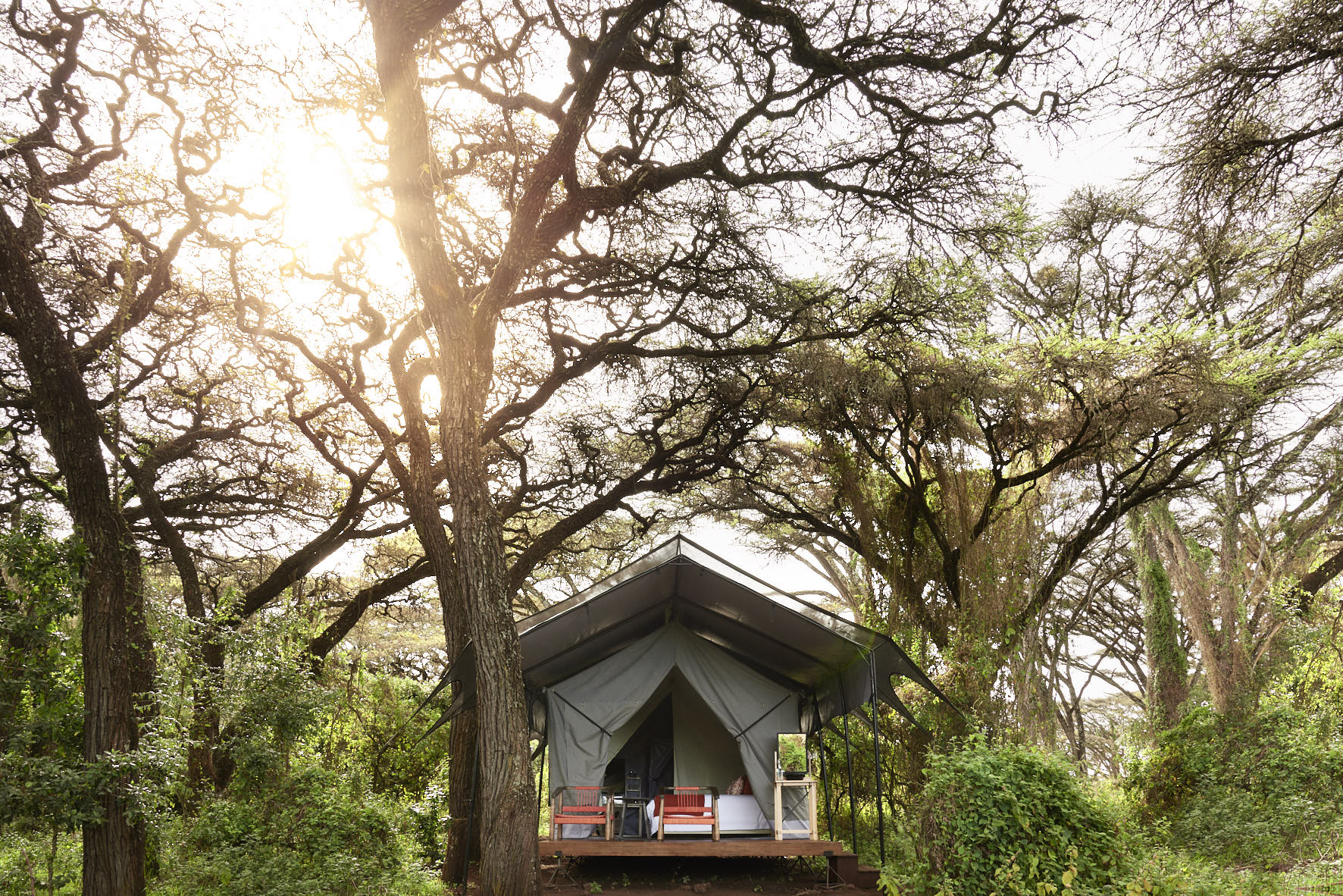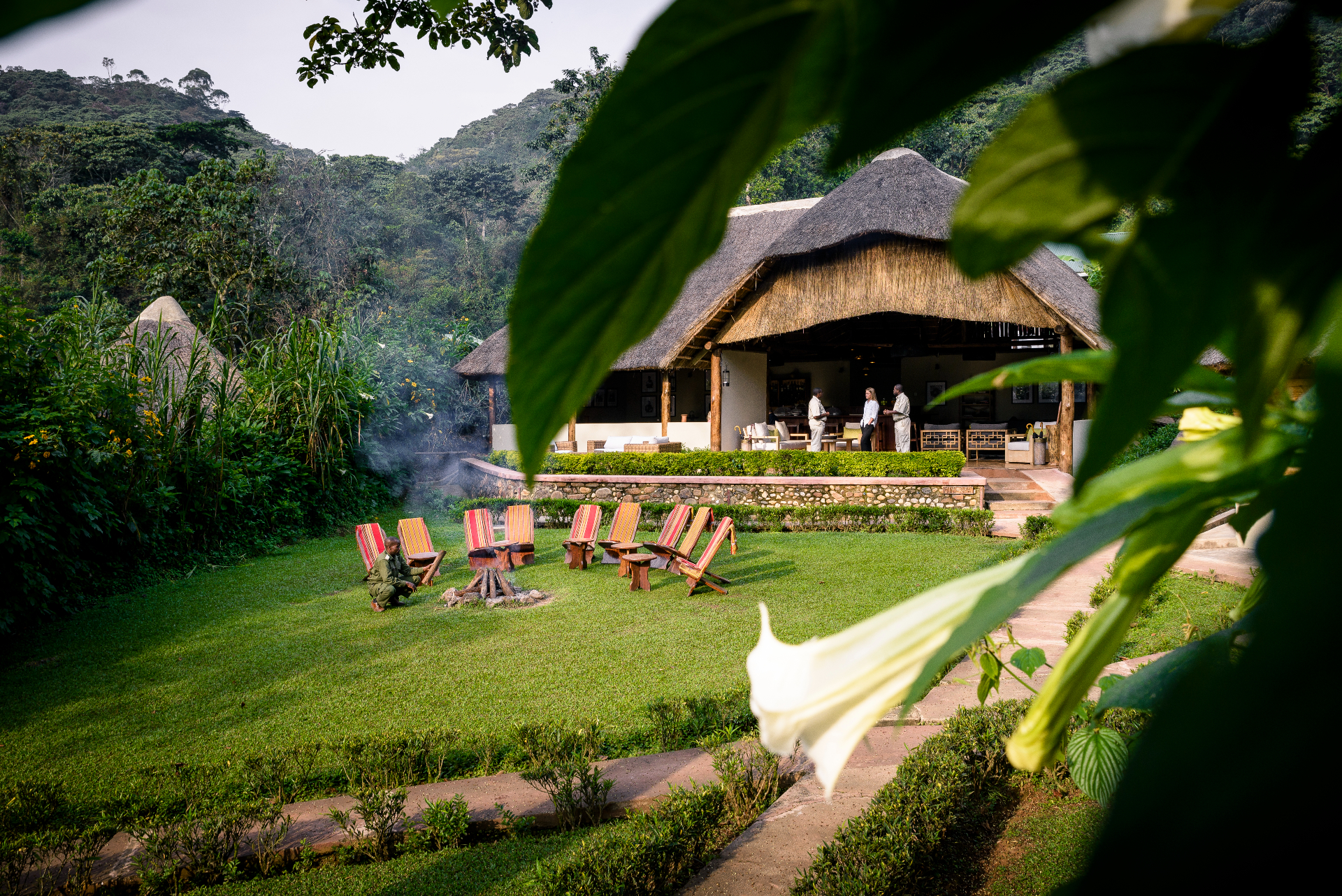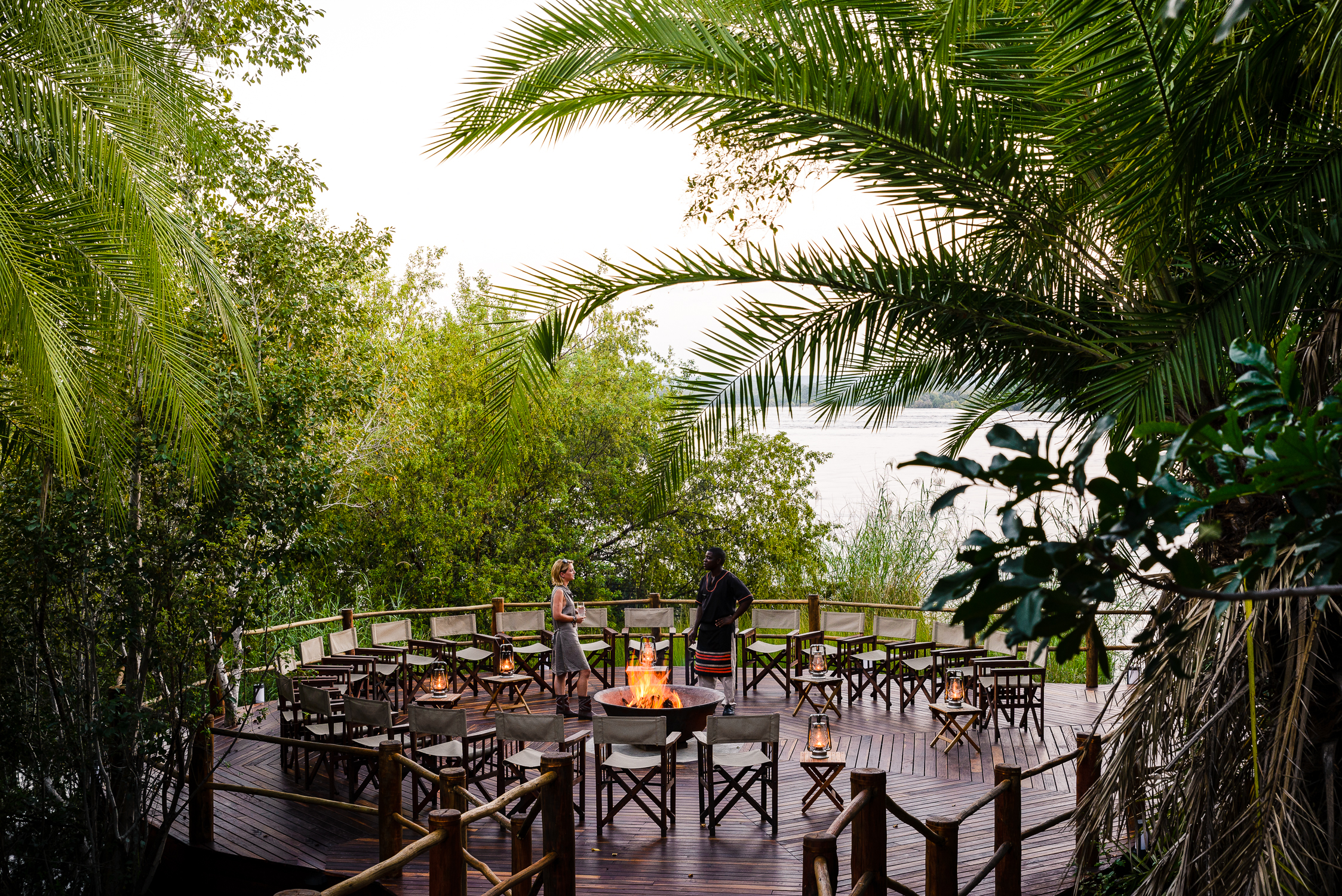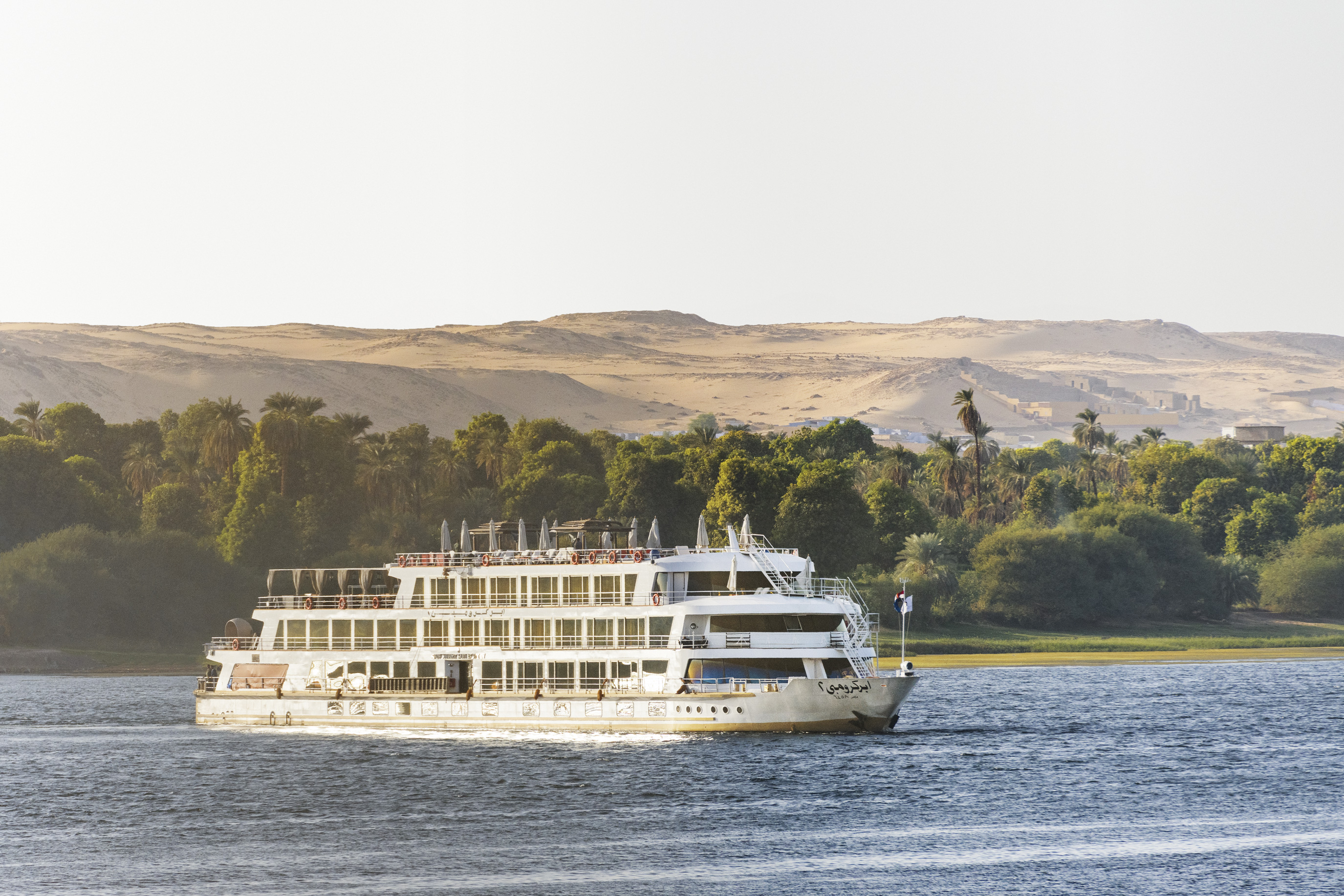
Bwindi Impenetrable Forest
The mist-shrouded Bwindi National Park is regarded as one of the most biologically diverse areas on the planet. Home to the rare forest elephant, duiker antelope, giant forest hog and eleven kinds of primates, you’ll also find over 200 species of butterfly here. The star attraction, though, is one of the rarest animals on Earth: Bwindi is home to the world's largest population of Silverback Mountain Gorillas. Setting off gorilla trekking, and finally looking into the expressive dark eyes of one these majestic giants is a genuinely unforgettable encounter. This is also the land of the Batwa Pygmies, the oldest inhabitants of the Great Lakes region. These hunter-gatherers, whose existence was first recorded over 4000 years ago, have a rich, deep culture and history they will share when you visit. Engaging with their community is a unique experience that also supports the conservation of their community and way of life.

Bwindi is home to 400 Giant Silverback Mountain Gorillas, almost half of the world’s population of this critically endangered ape. Though living in the wild, they’ve become accustomed to the sight of humans after years of habituation. Our guides have observed this process develop and will explain the complicated etiquette of meeting a giant silverback. An opportunity afforded only to a select few, just eight visitors are allowed to view a group each day.

There are nine mountain gorilla groups open to tourism: • Mubare, Habinyanja and Rushegura near Buhoma • Bitukura and Oruzogho near Ruhija • Nkuringo, Mishaya, Nshongi and Kahugye in Bwindi South. On locating the gorillas, you’ll spend a maximum of one hour with them before returning to camp. Tracking through dense forest with steep slopes means participants must be physically fit. Only children aged 15 and above can track gorilla, and all participants must have a permit.





